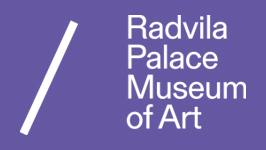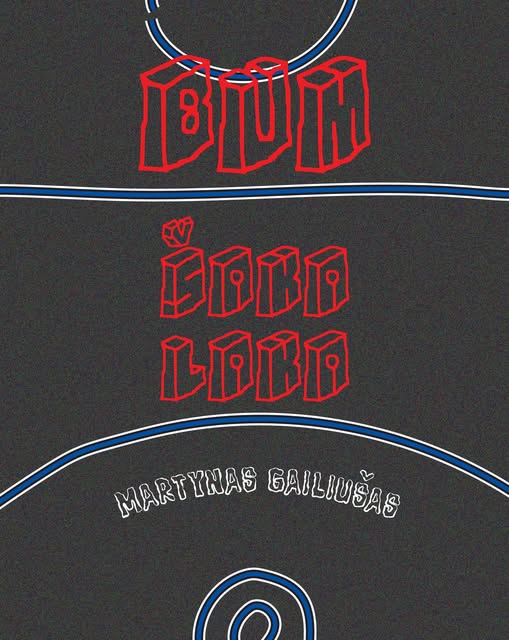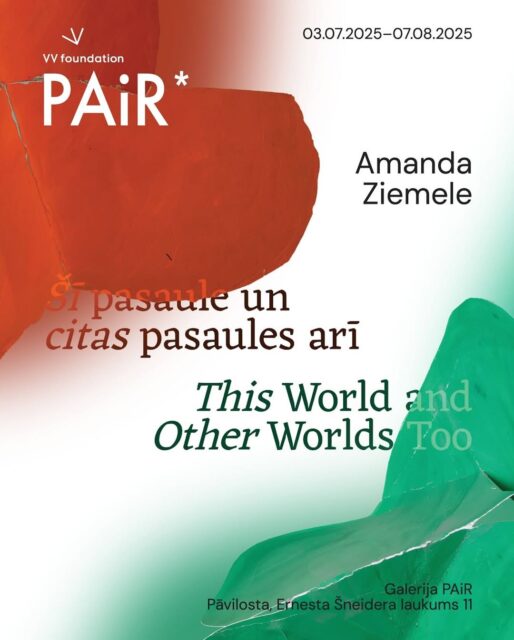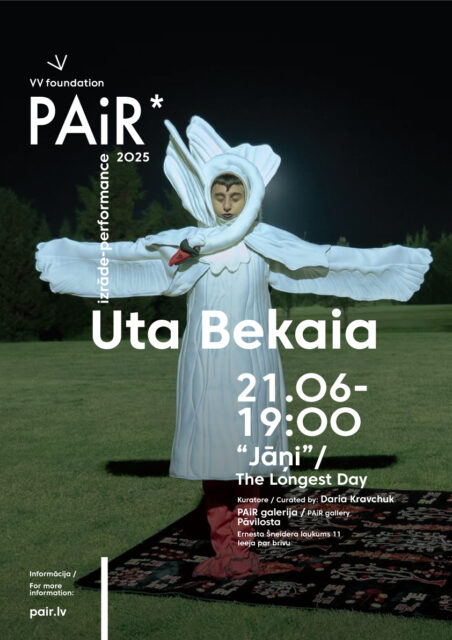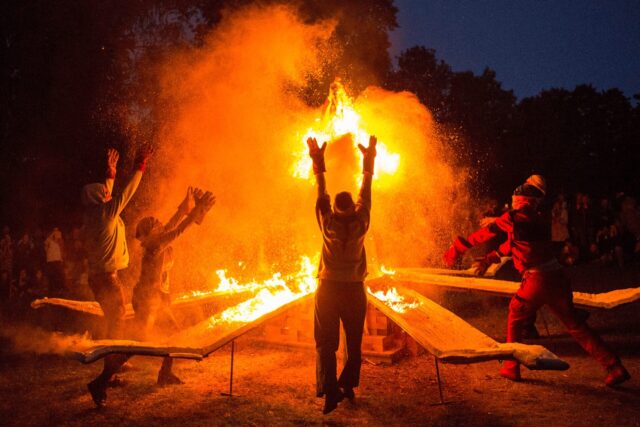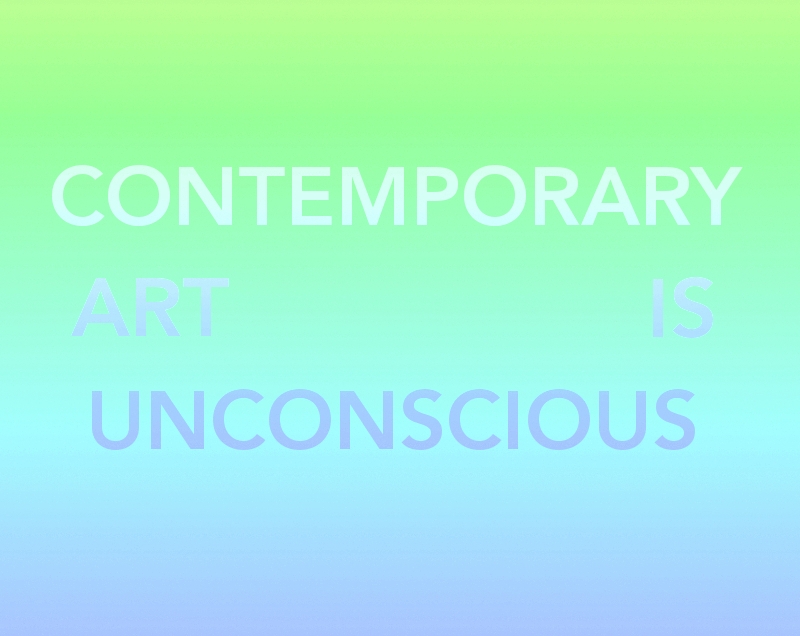
/ emergence
If there was only one important word that would give us a hint at how the international portfolios are being put together by emerging artists today, then the word would be ‘quickly.’ To be more precise, the meaning of this ‘quickly’ would actually be ‘quicker than ever before,’ which is very much in accord with the accelerative nature of the contemporary development of a ‘globalised culture.’
What are the artists emerging from and, by the same token, what are they emerging into? Perhaps, it would be natural to expect that the processes of emergence must rely on a certain ‘cultural infrastructure’: a network of media, critics, curators, audiences. Therefore, to emerge as an artist would mean to emerge from the world of underexposure into the world of exposure that this very infrastructure is supposed to provide. Not so long ago an artist still had to rely solely on the slow working cycles of media, galleries, publishers, festivals, fairs, and biennials, while their geographical choreography was determined by the necessity to stick around the strategically important hubs of cultural distribution (e.g., London, New York, Amsterdam, Berlin, as well as the representative Contemporary Art Centres and Art Incubators of the region that the artist is from originally).
However we might already have noticed that technically none of us, including artists, are suffering from the problems of underexposure today—it was the ‘old’ paradigm that was concerned with the technologies of exposure. The contemporary conditions of global mobility and social networking rendered this ‘old’ infrastructure almost ‘barbaric’: it was social (meaning ‘pre-Web social’), it was inert, and it meant that all that an artist could do was create her art and hope for the world to recognise her effort. Meanwhile, given the state of globality, it is hardly possible to consider oneself as deprived of the conditions of exposure, access, and visibility anymore. It has become a common knowledge that today almost any artist is able to migrate relatively freely and be in control not only of her own self-image, but, potentially, of her entire career via the strategic networking and self-curatorship—the tools that our times of connectivity amply provide us all with. It might seem that it is not a matter of ‘abilities’ anymore (we are enabled almost everywhere, almost all the time), but a matter of choice: it is either we choose to participate, to take action, to take part in the development, or not. Therefore it is entirely up to an artist to decide whether she succeeds or fails in this global infrastructure that ‘transcends’ all the ideological, political, and geographical barriers.
“The very tools of empowerment are far from being an ‘objective,’ post-ideological, or non-political option.”
Of course, it would be naive to think that this is all there is to the picture. On the one hand, it is true—empowered by the new technological and social tools, an artist herself is now responsible both for her representation and (in the case of her refusal or failure to use the tools) for her under-representation. On the other hand, despite their availability and abundance, the very tools of empowerment are far from being an ‘objective,’ post-ideological, or non-political option. And what lies behind taking the forms of capitalist development as adequate vehicles for ‘democracy,’ ‘liberation,’ and ‘emancipation’ is precisely an implicit demand to suppress the political dimension—it becomes apparent in the situations when critical thinking is substituted with and restrained by the new forms of political correctness.
“In all historical times the barrier between the represented and the under-represented was always operative and there is no reason to believe that this structure of representation has disappeared.”
In all historical times the barrier between the represented and the under-represented was always operative and there is no reason to believe that this structure of representation has disappeared. The former category usually refers to all forms of the official ‘state art’ (say, social realism in the Soviet Union), trendy art (anything that falls under a certain style of expression that prevails over a period of time as a guarantee of profitability), any art forms that are institutionalised, state-supported, amply funded, promoted, profitable, marketable, capitalisable. Meanwhile the category of the underrepresented has always been a cradle of what one could call the avant-garde and dissent, a birth place of the ‘new’ that dares to take a risk because it has nothing to lose—no posts, no precious public image, no institutional commitments, no benefits from the state. However the problem arises when the ‘under-represented’ and the ‘underdeveloped’ become synonymous. That is to say, when the dissenting and critical views are internalised by the official structures of representation and institutional validation—this is the moment when they start to ‘develop.’
“The Effect of Contemporaneity” is a series of reflections that problematise the notions such as the emergence of an artist, cultural developement, artistic value, global art market, and colonialism.




